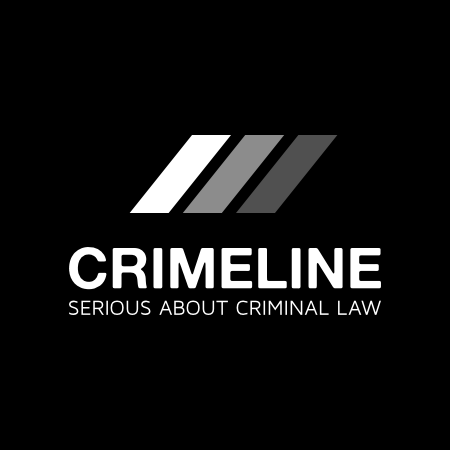Legislation – Crime and Courts Act 2013
Changes to legislation:
There are currently no known outstanding effects for the Crime and Courts Act 2013, Section 19.![]()
Changes to Legislation
Revised legislation carried on this site may not be fully up to date. At the current time any known changes or effects made by subsequent legislation have been applied to the text of the legislation you are viewing by the editorial team. Please see ‘Frequently Asked Questions’ for details regarding the timescales for which new effects are identified and recorded on this site.
Part 2Courts and Justice
Administration of justice
19Varying designations of authorities responsible for remanded young persons
(1)
Section 102 of the Legal Aid, Sentencing and Punishment of Offenders Act 2012 (where child remanded to youth detention accommodation, court must designate local authority to look after child and meet costs) is amended as follows.
(2)
In subsection (7)(a) (authority that already looks after child to be designated) after “being looked after by a local authority” insert “
.
otherwise than by virtue of section 104(1)
”
(3)
In subsection (7)(b) (in other cases, court must designate authority for area where child habitually resides or offence committed) for “, the local authority” substitute “
.
but subject to subsection (7B), a local authority
”
(4)
“(7A)
In a case to which subsection (7)(b) applies, the court is to designate a local authority in whose area it appears to the court that the child habitually resides (a “home authority”) except where the court—
(a)
considers as respects the home authority, or each home authority, that it is inappropriate to designate that authority, or
(b)
is unable to identify any place in England and Wales where the child habitually resides.
(7B)
If in a case to which subsection (7)(b) applies—
(a)
the court is not required by subsection (7A) to designate a home authority, but
(b)
it appears to the court that the offence was not, or none of the offences was, committed in England and Wales,
the court is to designate a local authority which it considers appropriate in the circumstances of the case.”
(5)
“(7C)
Where a child has been remanded to youth detention accommodation, the court—
(a)
which remanded the child, or
(b)
to which the child was remanded,
may designate a local authority (“B”) as the designated authority for the child in substitution for the authority previously designated (whether that previous designation was made when the child was remanded or under this subsection).
(7D)
Where a child has at any one time been subject to two or more remands to youth detention accommodation, a court which has jurisdiction to make a replacement designation under subsection (7C) in connection with one or some of the remands also has jurisdiction to make such a replacement designation in connection with each of the other remands.
(7E)
Where a replacement designation is made under subsection (7C) after the end of the period of remand concerned, the substitution of B for the previously-designated authority has effect only for the purposes of regulations under section 103.
(7F)
Where a replacement designation is made under subsection (7C) during the period of remand concerned, the substitution of B for the previously-designated authority—
(a)
has effect, as respects the part of that period ending with the making of the replacement designation, only for the purposes of regulations under section 103, and
(b)
has effect, as respects the remainder of that period, for all of the purposes listed in subsection (6).
(7G)
A court may make a replacement designation under subsection (7C) only if it considers that, had everything it knows been known by the court which made the previous designation, that court would have designated B instead.
(7H)
Where a replacement designation is made under subsection (7C) in relation to a remand, the previously-designated authority is to be repaid any sums it paid in respect of the remand pursuant to regulations under section 103.
(7J)
A court which has jurisdiction to make a replacement direction under subsection (7C) may exercise that jurisdiction on an application by a local authority or of its own motion.”
(6)
A replacement designation under the new section 102(7C) may be made in respect of a remand ordered before this section comes into force, and the amendments made by this section have effect for the purpose of making a replacement designation in any such case; but, in such a case, the substitution of B for the previously-designated authority (and any entitlement to repayment under new section 102(7H)) does not have effect as respects any time before this section comes into force.
(7)
Except as provided by subsection (6), the amendments made by this section have effect only in relation to remands ordered after this section comes into force.
